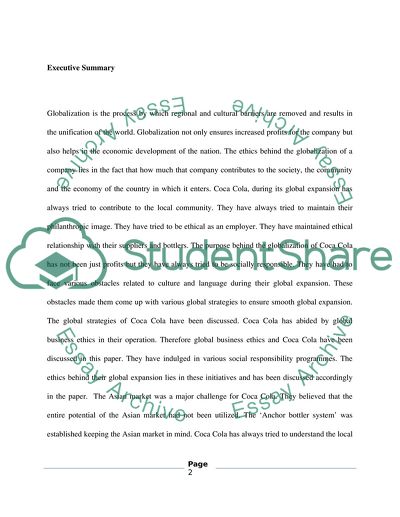Cite this document
(The Global Distribution System and Marketing Strategy of Coca-Cola Research Paper - 1, n.d.)
The Global Distribution System and Marketing Strategy of Coca-Cola Research Paper - 1. Retrieved from https://studentshare.org/marketing/1746944-a-report
The Global Distribution System and Marketing Strategy of Coca-Cola Research Paper - 1. Retrieved from https://studentshare.org/marketing/1746944-a-report
(The Global Distribution System and Marketing Strategy of Coca-Cola Research Paper - 1)
The Global Distribution System and Marketing Strategy of Coca-Cola Research Paper - 1. https://studentshare.org/marketing/1746944-a-report.
The Global Distribution System and Marketing Strategy of Coca-Cola Research Paper - 1. https://studentshare.org/marketing/1746944-a-report.
“The Global Distribution System and Marketing Strategy of Coca-Cola Research Paper - 1”, n.d. https://studentshare.org/marketing/1746944-a-report.


